FACTORS BEHIND CLEARER SKIES IN S. KOREA
입력 2020.09.15 (15:16)
수정 2020.09.15 (16:47)
읽어주기 기능은 크롬기반의
브라우저에서만 사용하실 수 있습니다.
[Anchor Lead]
Last Monday marked the first Blue Sky Day, which was proposed by South Korea to the UN. This year, skies are far cleaner here in Korea with an obvious drop in fine dust, leading many people to think that is a positive side of the coronavirus pandemic. But experts found that this is due to changed meteorological conditions, such as directions of the wind and precipitation. Here's more
[Pkg]
Citizens enjoy the blue, fine dust-free sky on a crisp autumn day. For 2020, South Korea's average fine dust concentration stood at 19 micrograms per cubic meter. Down 27 percent from last year. The cleaner air condition continued even after the nation's seasonal fine dust management system was over in April. What are the key reasons behind this phenomenon?
[Soundbite] LEE JU-MYOUNG(SEOUL) : "Fine dust reduced because of COVID-19."
[Soundbite] WOO JEONG-MIN(SEOUL) : "I think the air has become cleaner due to the coronavirus, since there is a drop in factory operations."
But changes in climate conditions are the main factor. According to the Environment Ministry's analysis, changed meteorological conditions, such as precipitation and the number of days seeing easterly winds, reduced the concentration of fine dust by 46 percent in the first half of this year. The COVID-19 epidemic's effects, however, were not evident. Fine dust emissions by large businesses dropped since last December thanks to a seasonal air pollution management system. In Korea, fine dust levels slowed down after the coronavirus took hold in March and April. It indicates little correlation. In Seoul, traffic once dropped with social distancing measures in place. But in May, it returned to 97.5 percent of the pre-COVID-19 level. While categorizing meteorological conditions and the coronavirus as unpredictable external factors, experts warn heavier fine dust will revisit the nation any time unless it makes proactive efforts to significantly reduce domestic emissions.
[Soundbite] KIM DONG-SOOL(PROF. KYUNGHEE UNIV.) : "Fine dust level can go up any time. No improvements have been made with domestic systems. On the contrary, improved air quality has led to people making less efforts to reduce fine dust."
In the first half of 2020, China's average concentration of ultra fine dust came to 33 micrograms, down some ten percent from on-year. But the decrease is still smaller than that of Korea.
Last Monday marked the first Blue Sky Day, which was proposed by South Korea to the UN. This year, skies are far cleaner here in Korea with an obvious drop in fine dust, leading many people to think that is a positive side of the coronavirus pandemic. But experts found that this is due to changed meteorological conditions, such as directions of the wind and precipitation. Here's more
[Pkg]
Citizens enjoy the blue, fine dust-free sky on a crisp autumn day. For 2020, South Korea's average fine dust concentration stood at 19 micrograms per cubic meter. Down 27 percent from last year. The cleaner air condition continued even after the nation's seasonal fine dust management system was over in April. What are the key reasons behind this phenomenon?
[Soundbite] LEE JU-MYOUNG(SEOUL) : "Fine dust reduced because of COVID-19."
[Soundbite] WOO JEONG-MIN(SEOUL) : "I think the air has become cleaner due to the coronavirus, since there is a drop in factory operations."
But changes in climate conditions are the main factor. According to the Environment Ministry's analysis, changed meteorological conditions, such as precipitation and the number of days seeing easterly winds, reduced the concentration of fine dust by 46 percent in the first half of this year. The COVID-19 epidemic's effects, however, were not evident. Fine dust emissions by large businesses dropped since last December thanks to a seasonal air pollution management system. In Korea, fine dust levels slowed down after the coronavirus took hold in March and April. It indicates little correlation. In Seoul, traffic once dropped with social distancing measures in place. But in May, it returned to 97.5 percent of the pre-COVID-19 level. While categorizing meteorological conditions and the coronavirus as unpredictable external factors, experts warn heavier fine dust will revisit the nation any time unless it makes proactive efforts to significantly reduce domestic emissions.
[Soundbite] KIM DONG-SOOL(PROF. KYUNGHEE UNIV.) : "Fine dust level can go up any time. No improvements have been made with domestic systems. On the contrary, improved air quality has led to people making less efforts to reduce fine dust."
In the first half of 2020, China's average concentration of ultra fine dust came to 33 micrograms, down some ten percent from on-year. But the decrease is still smaller than that of Korea.
■ 제보하기
▷ 카카오톡 : 'KBS제보' 검색, 채널 추가
▷ 전화 : 02-781-1234, 4444
▷ 이메일 : kbs1234@kbs.co.kr
▷ 유튜브, 네이버, 카카오에서도 KBS뉴스를 구독해주세요!
- FACTORS BEHIND CLEARER SKIES IN S. KOREA
-
- 입력 2020-09-15 15:16:42
- 수정2020-09-15 16:47:55
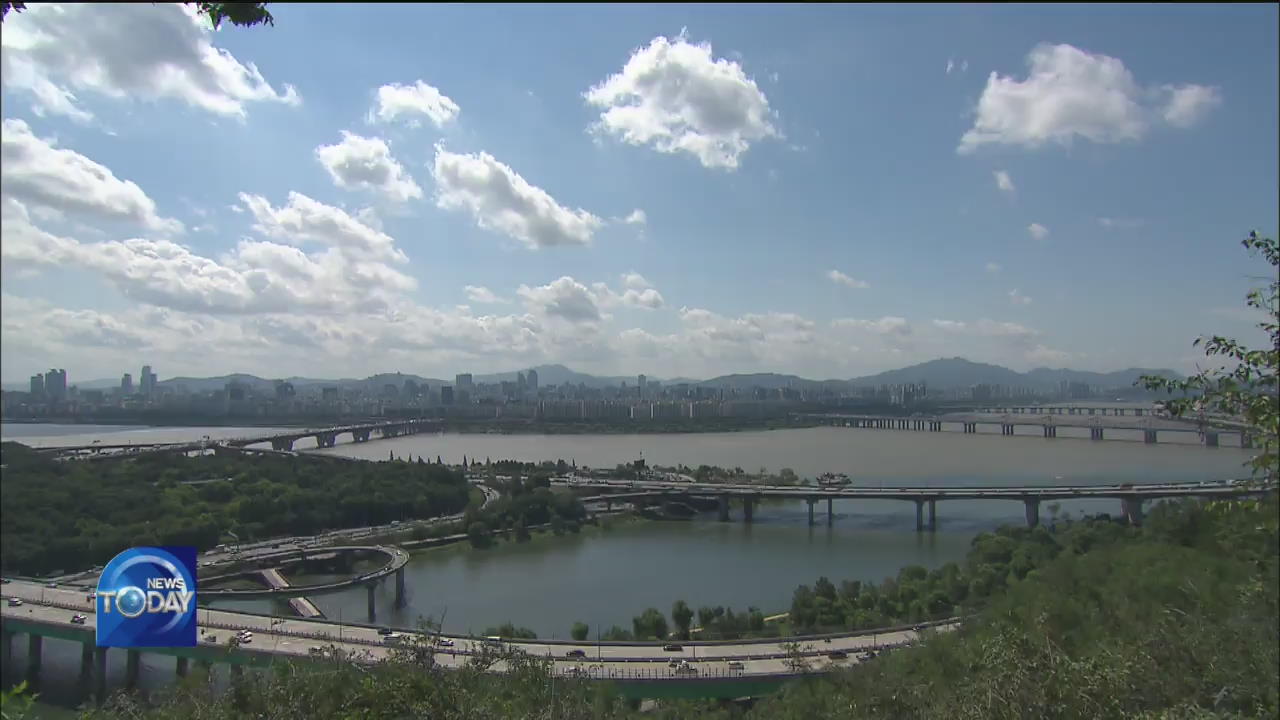
[Anchor Lead]
Last Monday marked the first Blue Sky Day, which was proposed by South Korea to the UN. This year, skies are far cleaner here in Korea with an obvious drop in fine dust, leading many people to think that is a positive side of the coronavirus pandemic. But experts found that this is due to changed meteorological conditions, such as directions of the wind and precipitation. Here's more
[Pkg]
Citizens enjoy the blue, fine dust-free sky on a crisp autumn day. For 2020, South Korea's average fine dust concentration stood at 19 micrograms per cubic meter. Down 27 percent from last year. The cleaner air condition continued even after the nation's seasonal fine dust management system was over in April. What are the key reasons behind this phenomenon?
[Soundbite] LEE JU-MYOUNG(SEOUL) : "Fine dust reduced because of COVID-19."
[Soundbite] WOO JEONG-MIN(SEOUL) : "I think the air has become cleaner due to the coronavirus, since there is a drop in factory operations."
But changes in climate conditions are the main factor. According to the Environment Ministry's analysis, changed meteorological conditions, such as precipitation and the number of days seeing easterly winds, reduced the concentration of fine dust by 46 percent in the first half of this year. The COVID-19 epidemic's effects, however, were not evident. Fine dust emissions by large businesses dropped since last December thanks to a seasonal air pollution management system. In Korea, fine dust levels slowed down after the coronavirus took hold in March and April. It indicates little correlation. In Seoul, traffic once dropped with social distancing measures in place. But in May, it returned to 97.5 percent of the pre-COVID-19 level. While categorizing meteorological conditions and the coronavirus as unpredictable external factors, experts warn heavier fine dust will revisit the nation any time unless it makes proactive efforts to significantly reduce domestic emissions.
[Soundbite] KIM DONG-SOOL(PROF. KYUNGHEE UNIV.) : "Fine dust level can go up any time. No improvements have been made with domestic systems. On the contrary, improved air quality has led to people making less efforts to reduce fine dust."
In the first half of 2020, China's average concentration of ultra fine dust came to 33 micrograms, down some ten percent from on-year. But the decrease is still smaller than that of Korea.
Last Monday marked the first Blue Sky Day, which was proposed by South Korea to the UN. This year, skies are far cleaner here in Korea with an obvious drop in fine dust, leading many people to think that is a positive side of the coronavirus pandemic. But experts found that this is due to changed meteorological conditions, such as directions of the wind and precipitation. Here's more
[Pkg]
Citizens enjoy the blue, fine dust-free sky on a crisp autumn day. For 2020, South Korea's average fine dust concentration stood at 19 micrograms per cubic meter. Down 27 percent from last year. The cleaner air condition continued even after the nation's seasonal fine dust management system was over in April. What are the key reasons behind this phenomenon?
[Soundbite] LEE JU-MYOUNG(SEOUL) : "Fine dust reduced because of COVID-19."
[Soundbite] WOO JEONG-MIN(SEOUL) : "I think the air has become cleaner due to the coronavirus, since there is a drop in factory operations."
But changes in climate conditions are the main factor. According to the Environment Ministry's analysis, changed meteorological conditions, such as precipitation and the number of days seeing easterly winds, reduced the concentration of fine dust by 46 percent in the first half of this year. The COVID-19 epidemic's effects, however, were not evident. Fine dust emissions by large businesses dropped since last December thanks to a seasonal air pollution management system. In Korea, fine dust levels slowed down after the coronavirus took hold in March and April. It indicates little correlation. In Seoul, traffic once dropped with social distancing measures in place. But in May, it returned to 97.5 percent of the pre-COVID-19 level. While categorizing meteorological conditions and the coronavirus as unpredictable external factors, experts warn heavier fine dust will revisit the nation any time unless it makes proactive efforts to significantly reduce domestic emissions.
[Soundbite] KIM DONG-SOOL(PROF. KYUNGHEE UNIV.) : "Fine dust level can go up any time. No improvements have been made with domestic systems. On the contrary, improved air quality has led to people making less efforts to reduce fine dust."
In the first half of 2020, China's average concentration of ultra fine dust came to 33 micrograms, down some ten percent from on-year. But the decrease is still smaller than that of Korea.
이 기사가 좋으셨다면
-
좋아요
0
-
응원해요
0
-
후속 원해요
0










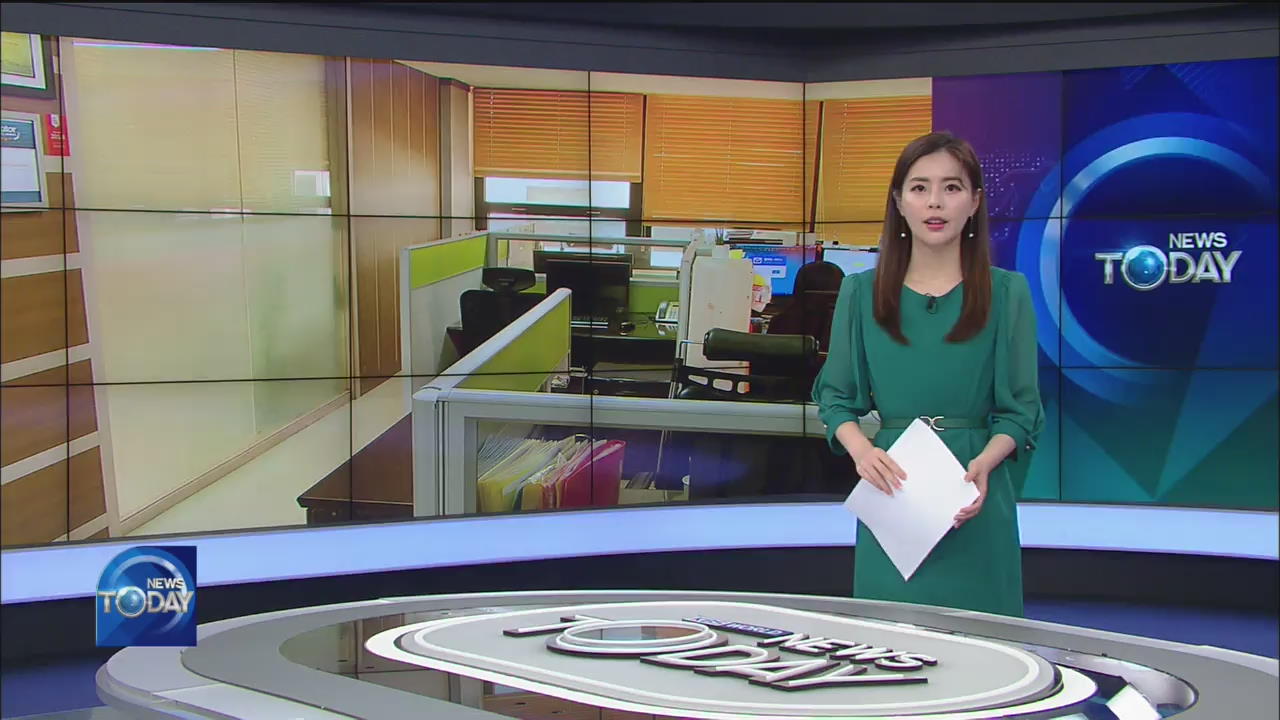


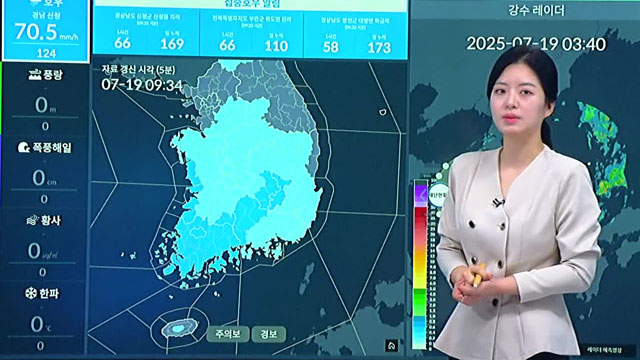
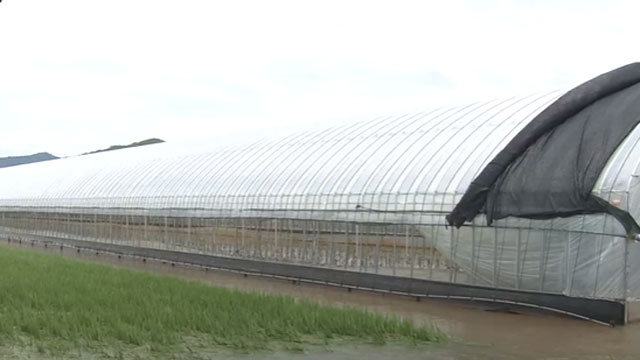
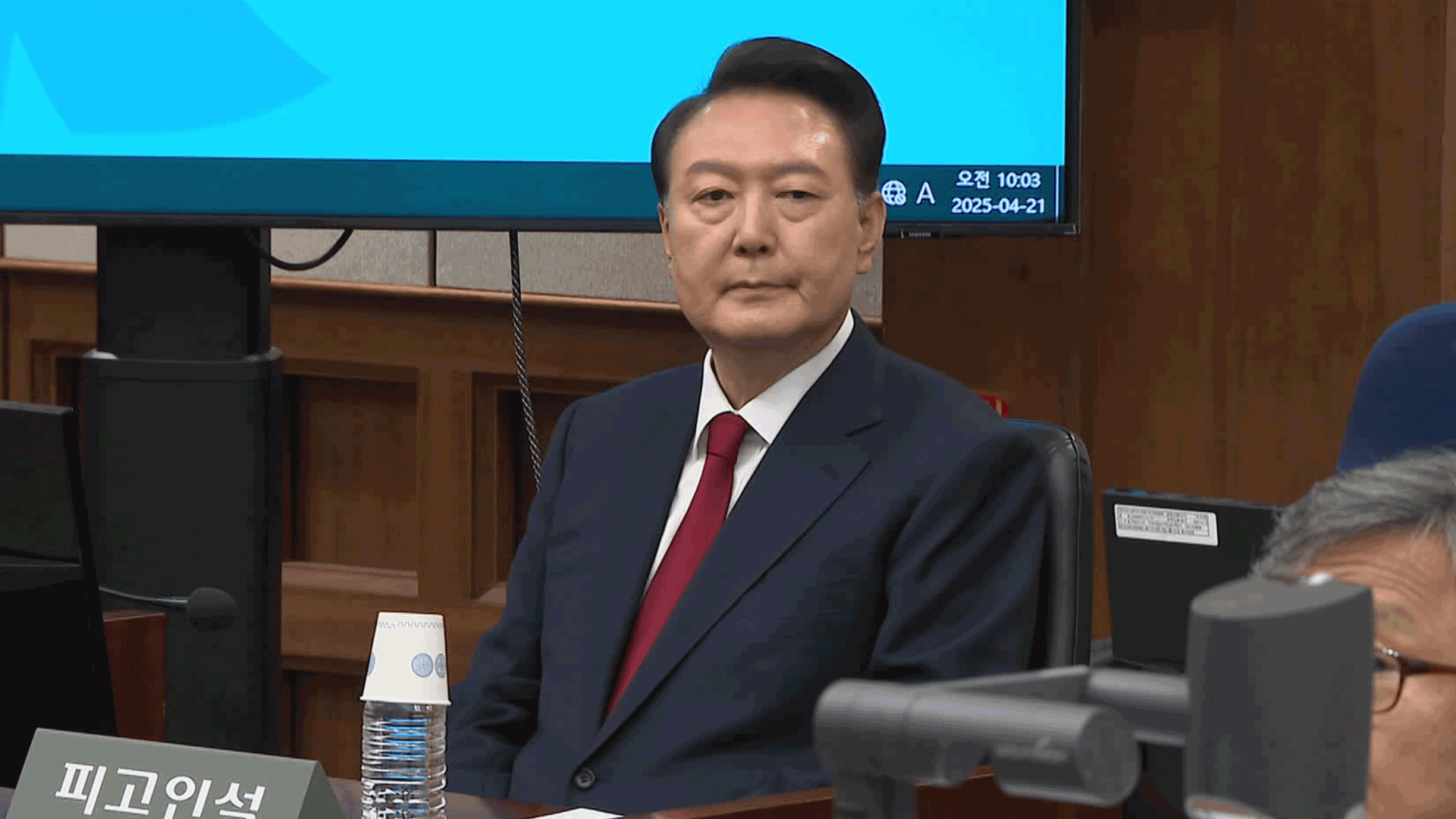

이 기사에 대한 의견을 남겨주세요.